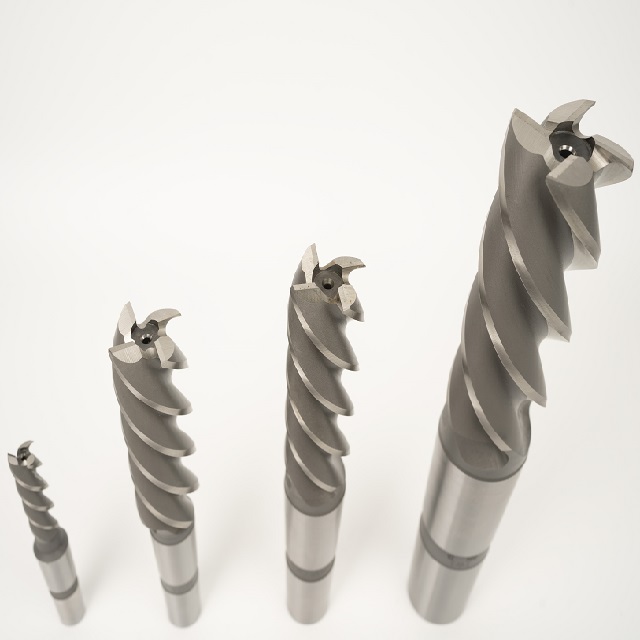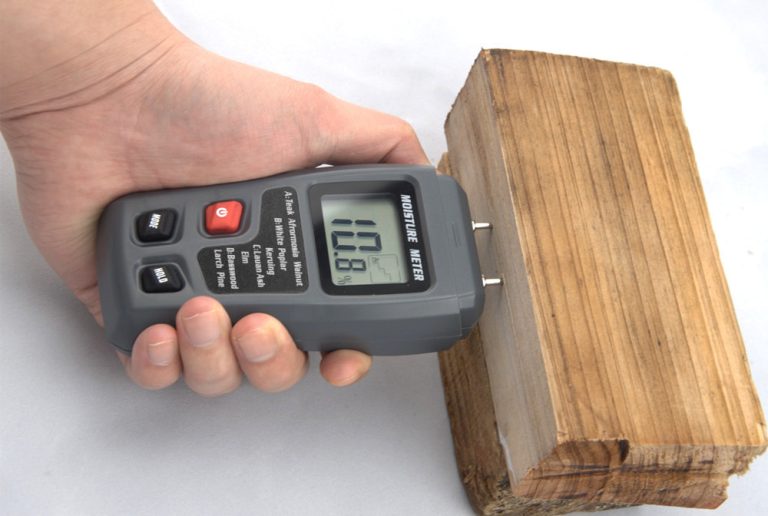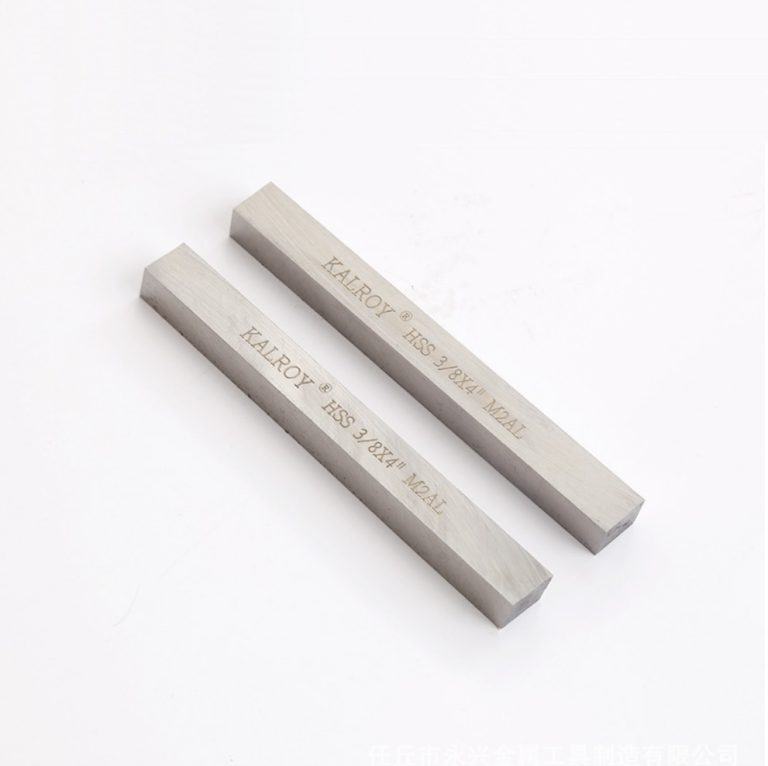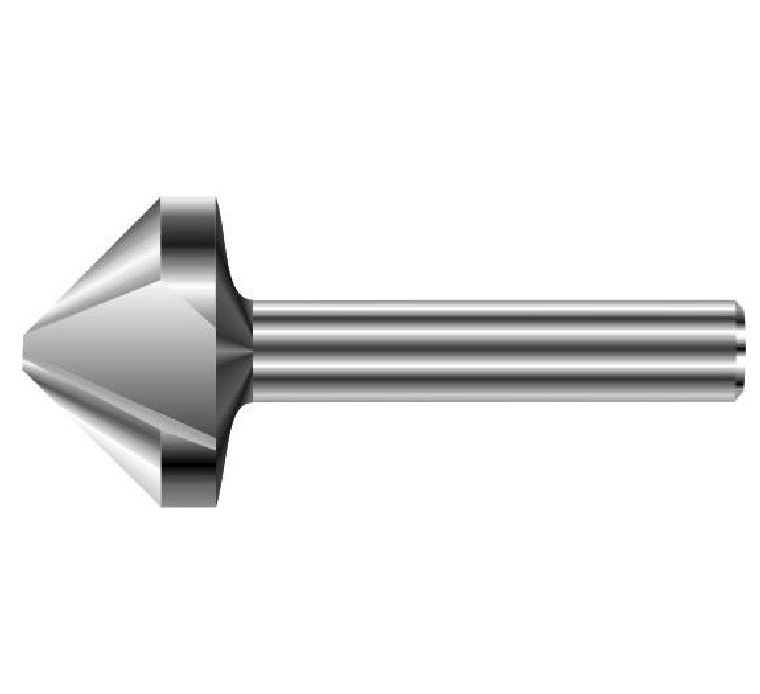Common materials for milling cutters
Common materials for milling cutters
1) High-speed tool steel (referred to as high-speed steel, front steel, etc.), divided into general-purpose and special-purpose high-speed steel.
It has the following characteristics:
a. The content of alloy elements tungsten, chromium, molybdenum and vanadium is relatively high, and the quenching hardness can reach HRC62-70. At a high temperature of 600 ° C, it can still maintain a high hardness.
b. The edge strength and toughness are good, and the vibration resistance is strong. It can be used to manufacture tools with average cutting speed. For machine tools with poor rigidity, high-speed steel milling cutters can still cut smoothly.
c. The process performance is good, forging, processing and sharpening are relatively easy, and knives with complex shapes can also be manufactured.
d. Compared with cemented carbide materials, there are still disadvantages such as lower hardness, poor red hardness and wear resistance.
2) Cemented carbide: It is made of metal carbide, tungsten carbide, titanium carbide and cobalt-based metal binder through powder metallurgy process.
Its main features are as follows:
a. It can withstand high temperature, and can still maintain good cutting performance at about 800-1000 ° C. When cutting, it can choose a cutting speed that is 4-8 times higher than that of high-speed steel.
b. High hardness at normal temperature and good wear resistance.
c. The bending strength is low, the impact toughness is poor, and the blade is not easy to sharpen.
Commonly used cemented carbides can generally be divided into three categories:
① Tungsten-cobalt cemented carbide (YG)
The commonly used grades are YG3, YG6, and YG8, where the numbers indicate the percentage of cobalt content. The more cobalt content, the better the toughness, the more shock and vibration resistance, but the hardness and wear resistance will be reduced. Therefore, the alloy is suitable for cutting cast iron and non-ferrous metals, and can also be used to cut rough and hardened steel and stainless steel parts with high impact.
② Titanium-cobalt cemented carbide (YT)
Common grades are YT5, YT15, YT30, and the numbers indicate the percentage of titanium carbide. After the cemented carbide contains titanium carbide, it can increase the bonding temperature of the steel, reduce the friction coefficient, and slightly increase the hardness and wear resistance, but reduce the bending strength and toughness, and make the property brittle. Therefore, the Alloys suitable for cutting steel parts.
③ General purpose cemented carbide
Add an appropriate amount of rare metal carbides, such as tantalum carbide and niobium carbide, to the above two kinds of hard alloys to refine the grains, improve their hardness at room temperature and high temperature, wear resistance, bonding temperature and oxidation resistance , can increase the toughness of the alloy. Therefore, this type of cemented carbide knife has better comprehensive cutting performance and versatility. Processing materials such as high-strength steel, heat-resistant steel, stainless steel, etc.









